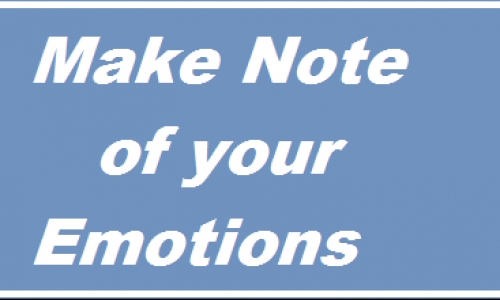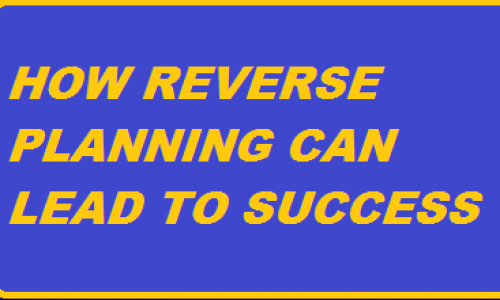Researchers from UC Berkeley recently found we have 27 different categories of emotions. These categories range from disgust to triumph to envy.
It's often hard to break from the 'fine' and 'good' to define how we're actually feeling, but studies show it's a valuable skill in the long run.
Matthew Lieberman, a psychology professor at UCLA, calls naming our emotions 'affect labeling,' and he defines it as 'the process of forming a clear and distinct idea' of an emotion.
Lieberman co-authored a study that looked into how the brain benefits from affect labeling. What the researchers found: Subjects who labeled their feelings could better manage their negative emotions than those who didn't label their feelings.
When we define our emotions, we strengthen our ability to accept our emotions, too.
The benefits of defining our emotions are pretty clear. Interested in getting more vocal and specific about your feelings? Here, three tips on how to do it.
* Visual definition:
If defining your emotions feels difficult, visuals can often help you determine what you're experiencing.
Just as doctors have used the Wong-Baker FACES scale to help patients communicate their pain levels for years (on a scale of one to 10, how much does it hurt?), there are visual tools out there that can help anyone determine their emotional standing.
* Physical signs
Emotions can be hard to define because they’re mostly invisible. Think about it: You can see a bruised knee, but you can’t always clearly see someone’s hurt feelings.
But as psychologist David Caruso explained in an interview with The Atlantic, there are some subtle physical signals that can at least clue you in on how you’re feeling.
As an example, Caruso says you can notice signals 'like tension—I feel my jaw is tense, there’s tension around my eyes. Am I worried, am I anxious, am I angry?'
In his interview, he said that once you connect the signals to an emotion, the next step is to ask yourself what the possible causes are for that emotion. Perhaps you’re running late to something, the morning traffic triggered some anger, or you read an emotionally-taxing news story recently.
By giving a clear emotional label and the reason behind it, it helps those around you better understand your behavior and mood. This way, nobody is going to be whispering in the break room about what got under your skin or misinterpret that they were the ones who made you feel that way in the first place.
* Have a conversation:
For some people, discussing their emotions can be as frightening as public speaking or confronting a major fear. To get comfortable with conversations about emotions, practice having those talks.
If having a conversation still seems out of reach, Caruso said you can also try taking a video selfie of yourself expressing your feelings. When you hear and see yourself on screen, it might help you can evaluate how you actually feel and help you better communicate your emotions.
If the emotions feel too strong to communicate, Caruso suggests counting to 10 and then assessing your actions or decisions. After you calm down, try using specific vocabulary to help others clearly understand where you’re at.
You will certainly see some change when you try these steps and be honest to yourself when answering.
Courtesy: www.advice.shinetext.com



